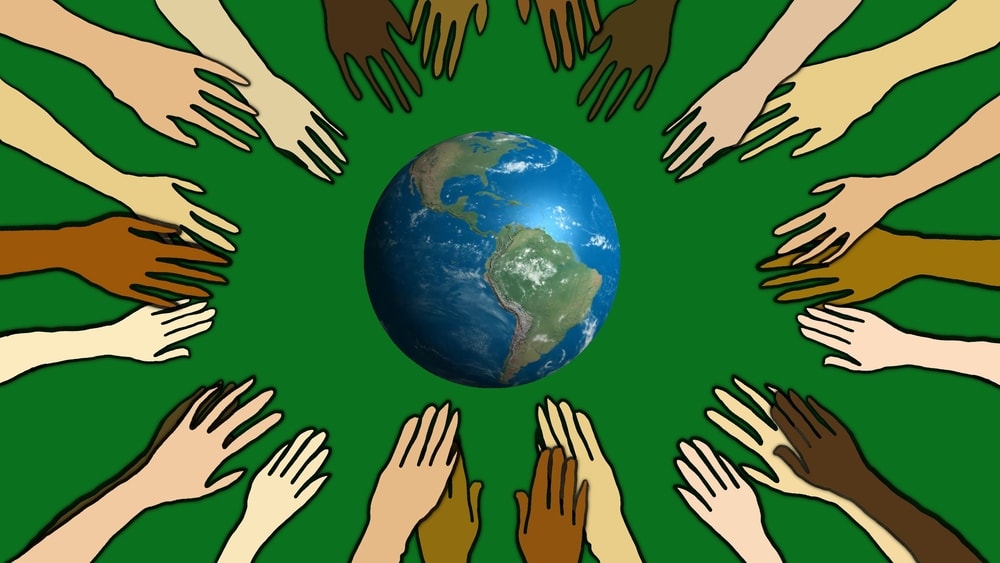
My Idea: Using Social Media (Twitter & WhatsApp) to Challenge Fast Fashion Waste
One gender-environmental issue that stands out to me is the environmental impact of fast fashion—especially how it disproportionately affects women and marginalized communities, both as consumers and garment workers. Women make up the majority of fast fashion laborers and are often underpaid, overworked, and exposed to harmful chemicals. On the consumer side, women are constantly marketed cheap, trendy clothing that contributes to a culture of overconsumption and waste. What strikes me is how many of these clothes end up in landfills or are dumped in the Global South, which not only pollutes the environment but also reinforces colonial dynamics. Inspired by the readings and articles I explored—especially the way Twitter and WhatsApp have been used as tools for feminist organizing—I decided to focus my action on awareness and conversation around fast fashion on a digital level.
My Plan: Launching a 3-Day Digital Campaign on Twitter and WhatsApp
My plan is to create a mini grassroots campaign on Twitter using hashtags like #EcoFeminismNow, #FastFashionFacts, and #WearYourValues. Over three days, I’ll post short tweets and visuals (memes, infographics, quotes) that explain the connection between fashion waste, gender inequality, and environmental harm. I’ll also highlight sustainable and ethical alternatives. I’ll use feminist digital activism strategies I read about—such as creating counter-publics, using memes to mobilize, and setting the agenda with my commentary on shared articles. I’ll also form a small WhatsApp group of friends and peers, where I’ll share these posts and invite them to repost or talk about their own fast fashion habits. Like the women in the Refinery29 article, I’ll use WhatsApp as a secure space to foster real conversations that might not happen publicly on Twitter.
Why I Chose This & What I Hope to Achieve
I chose this because I believe social media is one of the most accessible and powerful tools we have right now for activism. Not everyone can attend a protest, but many of us scroll Twitter daily. I want to use these platforms to shift the narrative and encourage small but meaningful changes—like thrifting, outfit repeating, or even just being more conscious before buying. I hope to get people thinking critically about where their clothes come from, who makes them, and where they end up. By blending personal reflection and public dialogue, I think this campaign could reach different kinds of audiences and spark both self-awareness and community conversation. Even if just a few people commit to cutting back on fast fashion or share the message forward, that’s impact.
work cited;
10 ways to make Twitter work for feminist activism.
GenderIT.org. https://www.genderit.org/feminist-talk/10-ways-make-twitter-work-feminist-activism
International Women’s Day 2020: How to be a feminist activist.
Stylist. https://www.stylist.co.uk/visible-women/feminist-activism-uk-examples-ideas-intersectional-feminism-activists-international-womens-day/194468
5 women on how they’re using WhatsApp to change the world.
Refinery29 UK. https://www.refinery29.com/en-gb/2018/10/214171/women-whatsapp-activism











